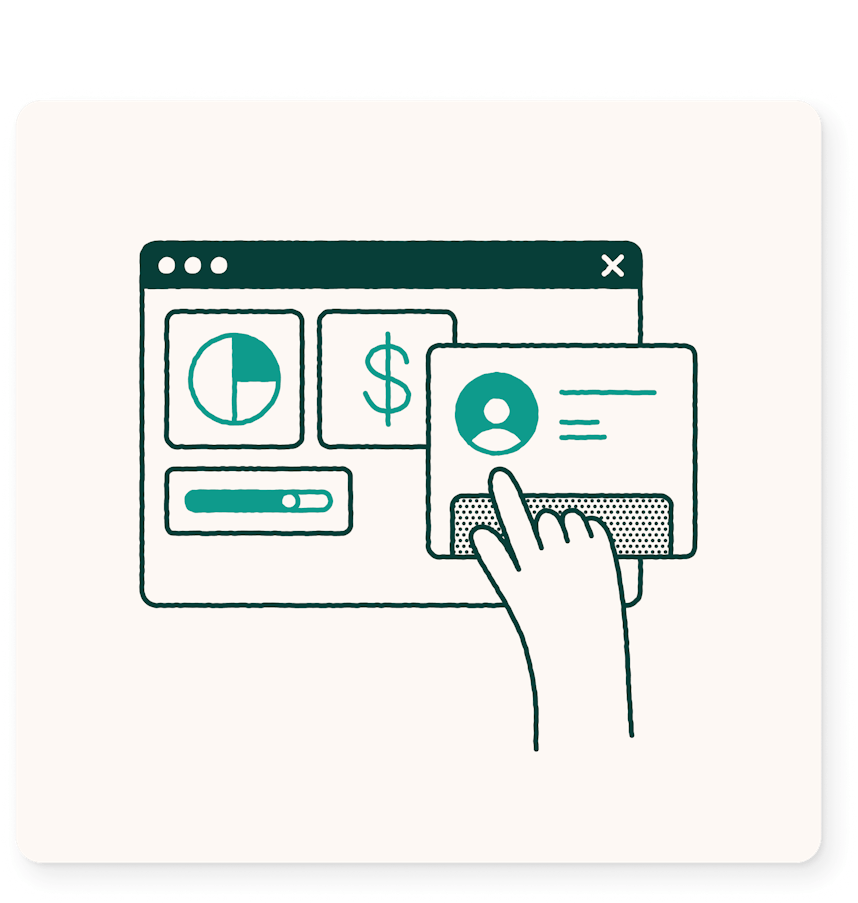Five Benefits of Applying People Analytics to Compensation

People analytics experts are finding new ways to use data to make better decisions within the Human Resources function, drive value to the bottom line, and increase employee satisfaction. One such focus area is compensation. The largest expense line in the P&L is often the cost of the workforce, especially in service-based organizations. Because of this, compensation analytics has become a strong focus for executives who need to keep costs in line with revenue to maintain a healthy, profitable company.
What are the benefits?
New technologies have emerged to help companies manage multiple aspects of compensation management. Previous versions of compensation management software were centered around goal management and alignment. These technologies have progressed to include a valuable suite of data analysis features. In expert hands, this data can be used to create several benefits for enterprise organizations.
1. Protecting the bottom line
The first benefit of compensation analytics is in the ability to protect a company’s bottom line. As economic times change and as industries and their products/services move through their life cycles, there can be substantial fluctuations in revenue over time. In times of decreasing revenue, it becomes crucial to control costs in order to maintain profitability. With the cost of the workforce being a large percentage of most companies’ costs, CFOs turn to the value of compensation analytics to make strategic decisions on how to manage the workforce.
2. Eliminating guesswork from your decision-making
The second benefit lies in using data to make decisions in cases where Human Resources and management previously used “gut instinct”. When a good employee tenders their resignation, the natural instinct of their manager might be to get approval to make a counteroffer. But without data, how can a company tell whether it is a wise decision for the company to make such an offer? In the case of an already highly compensated employee, issuing a counteroffer may adversely skew the compensation within his / her job category. That can lead to additional problems when it comes to pay fairness. Conversely, you might find that the employee in question indeed appears to be under-compensated for their role, which may justify a counteroffer or, in any case, help you set the right pay level for future hires. In either case, it is the availability of compensation information across the enterprise that allows managers and Human Resources to make better and more equitable decisions.
3. Assessing pay equity
The topic of pay fairness has received a great deal of press across multiple countries, particularly given the recently ratified EU Directive on Equal Pay and Transparency and similar regulations that could be coming to the US soon. But even if complying with legal reporting requirements, companies need much more detailed data to conduct an accurate pay fairness assessment. Much of the data required for an accurate assessment of pay equity such as base salary, bonus structures, job classes, and performance values reside inside compensation applications. Statistical procedures in combination with compensation analytics reveal the true compensation picture that can be communicated both internally and externally, satisfying compliance requirements and supporting data-driven pay decisions. This analysis, including modern predictive analytics, can help to ensure that employees are being compensated fairly and without bias, and help to improve retention rates by identifying those at risk of leaving due to compensation issues.
4. Assessing sales effectiveness
For companies that need to determine whether they are getting a return on their sales force investment (ROI), compensation analytics is key. Employees within sales roles tend to be more highly compensated than other employees. With the addition of their expense accounts, the total cost of this team can be substantial. It is imperative for companies to determine whether sales teams and team members are bringing additional revenue to the company that justifies their total cost and whether the rewards are being distributed fairly and effectively. Analytics can reveal compensation effectiveness, comparing the cost of rewards to the revenue being produced along various parameters like region, team, or product line.
Sales team compensation models vary widely and can be quite complex. Having access to the complete details of the compensation for sales teams will allow upper management to measure the success or failure of this key part of the workforce, and optimize its effectiveness.
5. Transparency of information
Finally, having visibility into compensation information provides the benefits of transparency. Compensation transparency supports compliance goals and also has an impact on employee alignment and motivation. When organizational goals are aligned throughout the levels of the organization and made visible to all employees, workers have a better understanding of what the company is trying to achieve. With a clear view into how their individual and team objectives impact compensation, employees can have a greater sense of purpose and contribution, and a guidepost for prioritizing their efforts.
Some companies also publish external salary and cost of living benchmarks to their employees. Visibility into this information not only allows Human Resource teams to make effective salary adjustments each year but also provides the ability to explain to employees why their compensation may differ from their counterparts in another area of the country.
These benefits are, by no means, the complete list of what an organization can accomplish with its own compensation data. People analytics experts are expanding the application of data analysis to the workforce every day and pushing the limits of what has previously been possible.
Talk to the experts
If you're interested in learning more about how compensation management software can unlock the value of your people data and help you make better decisions, beqom can help. Contact us today to schedule a chat or a demo.
















